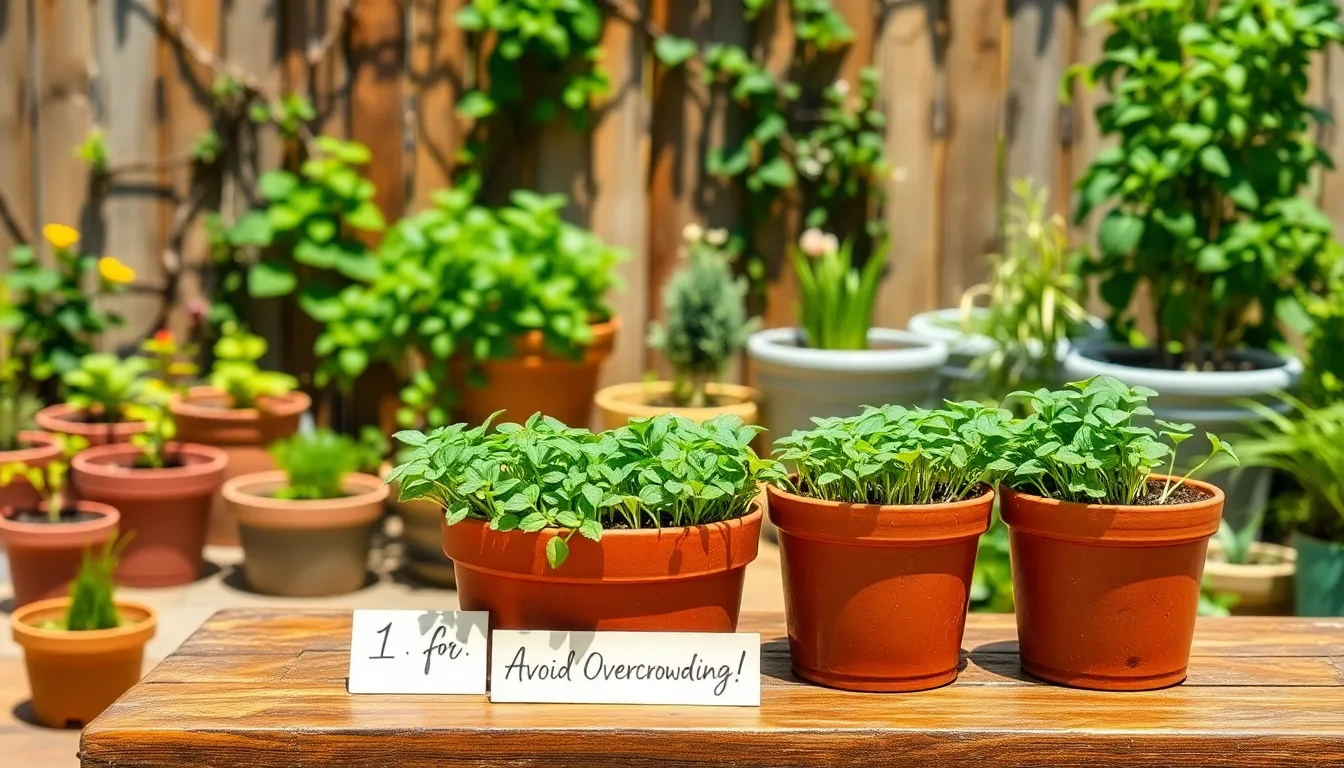Planting seeds in containers is like crafting your own little world, where you hold the power to nurture life from the very beginning. Whether you’re a gardening novice or a seasoned green thumb, understanding the intricacies of container seeding is essential for a thriving indoor or patio garden. Mastering this skill not only enhances your gardening prowess but also brings about a rewarding sense of accomplishment as you watch your plants flourish from seed to sprout.
As we dive into the common pitfalls of planting seeds in containers, you’ll discover how to optimize your growing conditions and avoid setbacks that can stifle your plants’ potential. From choosing the right soil mix to managing moisture levels, this guide will equip you with the knowledge to transform your container gardening experience. So, let’s roll up our sleeves and explore the art of successful seed starting, unlocking the secrets to a vibrant, verdant garden, one container at a time.
Overcrowding Seeds in Containers
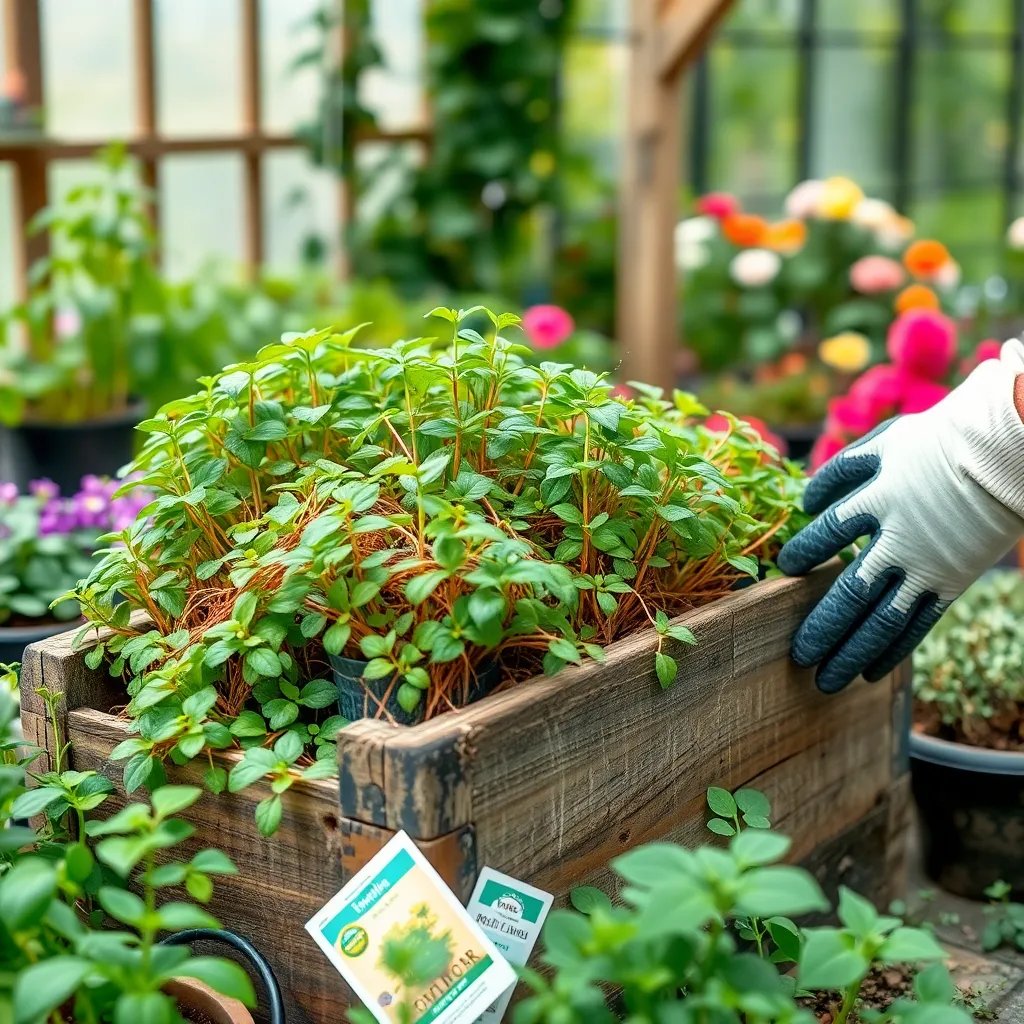
Overcrowding seeds in containers is a common mistake that can negatively impact plant health. When seeds are too close together, they compete for resources such as nutrients, water, and light, leading to stunted growth.
To avoid this, it’s essential to follow the recommended spacing guidelines specific to each plant variety. For example, leafy greens like lettuce require about 4 inches of space between seeds, while larger plants like tomatoes need up to 18 inches.
Using the right type of soil can also help manage overcrowding issues. Opt for a high-quality, well-draining potting mix that provides adequate nutrients and reduces the risk of root rot, which can be exacerbated by overcrowding.
For those looking to optimize their container gardening, consider thinning seedlings early as they emerge. Gently remove the weaker seedlings to allow the stronger ones to thrive, ensuring a healthier and more productive container garden.
Using Poor Quality Soil
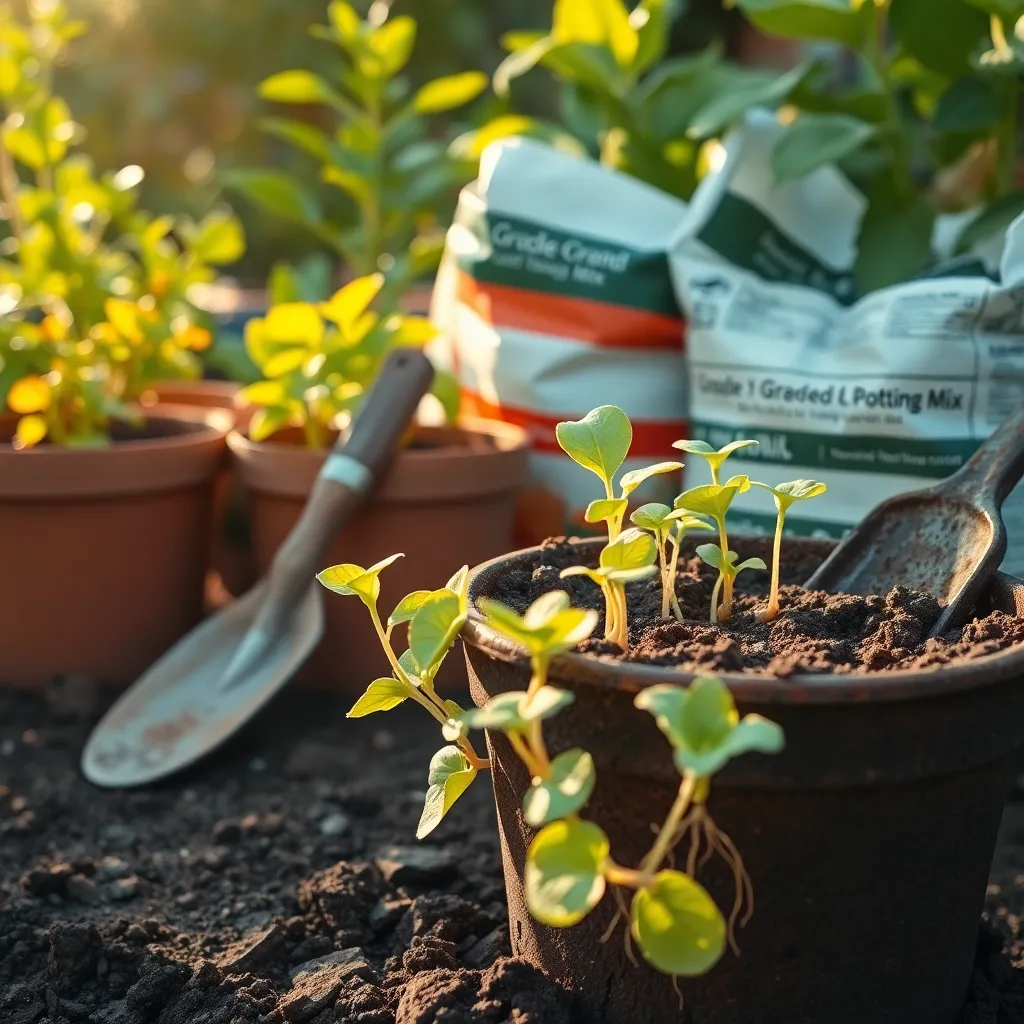
Using poor quality soil in containers can severely hinder seedling growth and plant health. It’s essential to choose a soil mixture that provides adequate drainage, aeration, and nutrient content to support robust plant development.
Begin by selecting a high-quality potting mix specifically designed for container gardening. Look for mixtures that include ingredients like peat moss, perlite, and vermiculite, which enhance soil structure and moisture retention.
Adding organic matter such as compost or well-rotted manure can significantly improve poor soil quality. These materials not only enrich the soil with nutrients but also improve its texture, making it more suitable for seed germination and root growth.
For those dealing with extremely poor soil, consider using raised beds or large containers as an alternative. This approach allows you to fully control the soil environment by filling them with a custom mix tailored to the specific needs of your plants.
Inadequate Drainage Solutions
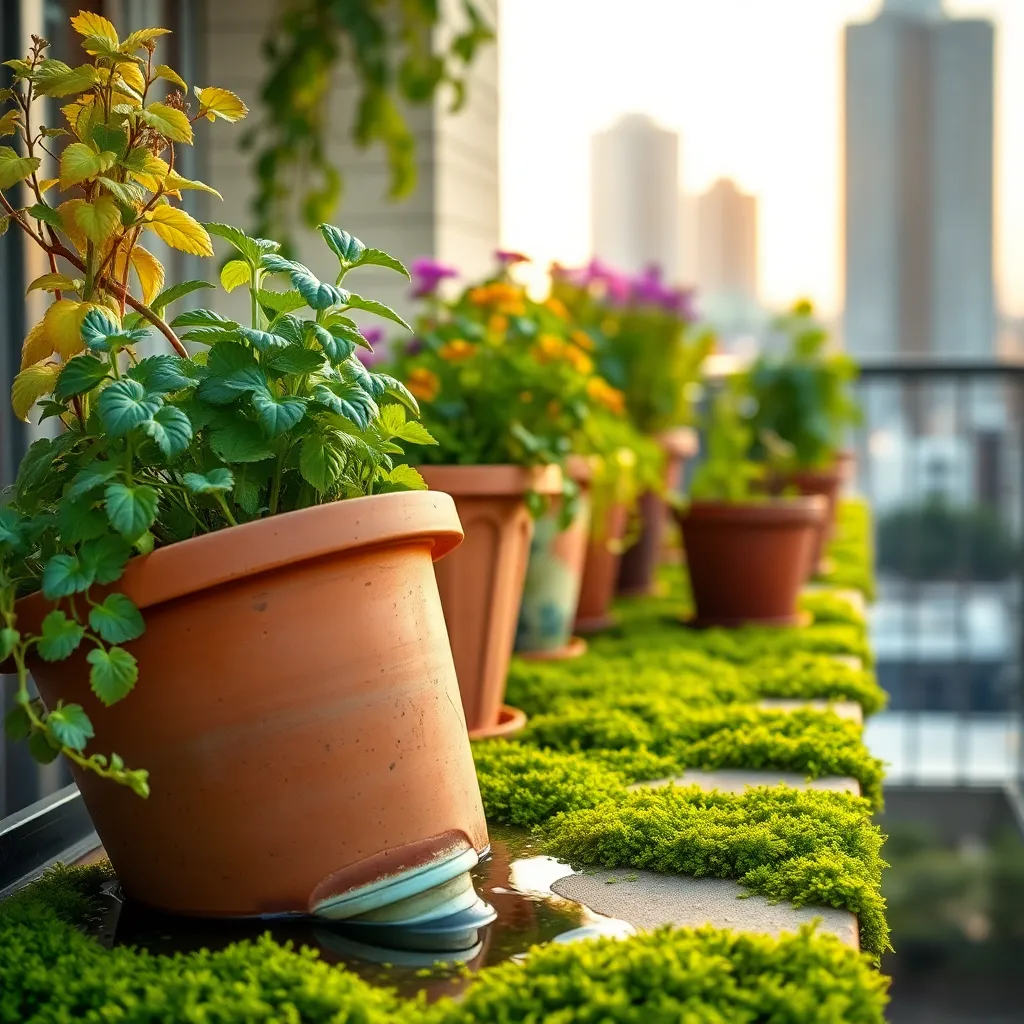
One common mistake when planting seeds in containers is neglecting proper drainage, which can lead to waterlogged soil and root rot. To ensure your plants thrive, always choose containers with adequate drainage holes to allow excess water to escape.
Improper drainage often results in oversaturated soil, which suffocates roots by blocking air circulation. You can improve drainage by adding a layer of gravel or small stones at the bottom of your container before adding soil.
For those using clay or ceramic pots, it’s crucial to check if they have enough drainage holes as these materials can retain moisture. If your container lacks holes, you can carefully drill them or opt for a different container that better supports healthy root growth.
Additionally, selecting the right soil mix is essential in preventing drainage issues. Consider using a high-quality potting mix that includes materials like perlite or vermiculite, which improve aeration and drainage.
- Tip for Beginners: Start with a simple plastic pot with pre-existing drainage holes to practice proper watering techniques.
- Advanced Tip: For large containers, create a drainage layer with materials such as broken terracotta or pumice to further enhance soil aeration.
Improper Watering Techniques
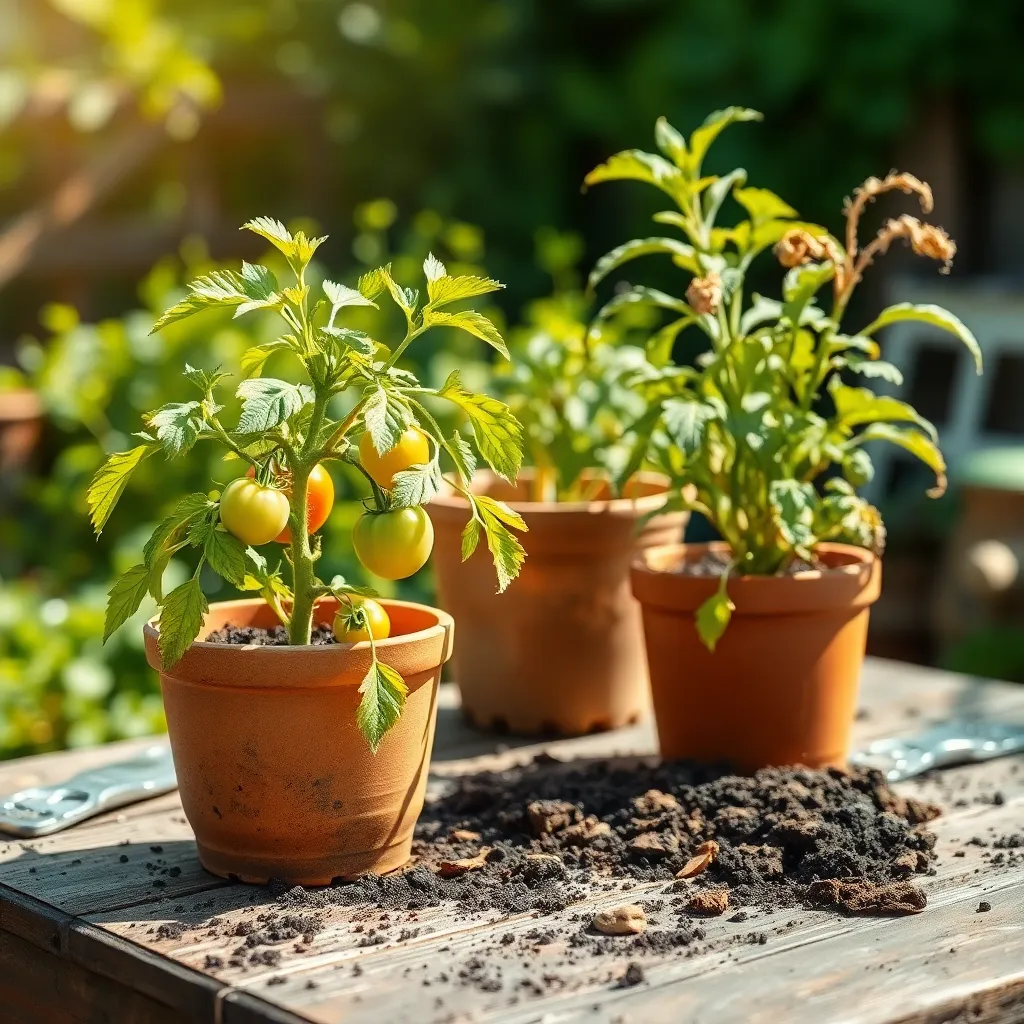
Watering your container plants improperly can lead to various issues like root rot or dehydration. Understanding the specific water needs of your plants is crucial for their health and growth. For starters, you should always ensure that the soil is moist but not waterlogged. Use the finger test: stick your finger about an inch into the soil; if it feels dry, it’s time to water.
Different plants have different watering requirements, so it’s important to research the needs of each type you’re growing. Succulents, for instance, need less frequent watering compared to herbs, which generally prefer more consistent moisture. Consider using a moisture meter for more accurate readings, especially if you’re new to container gardening.
One common mistake is watering on a strict schedule without considering the plant’s actual needs. Instead, observe your plants and adjust your watering habits based on environmental conditions like temperature and humidity. During hot summer months, you might need to water more frequently, while in cooler months, less might be required.
To prevent overwatering, ensure your containers have adequate drainage holes. Overwatering can lead to root rot, which is often fatal for plants. If you’re worried about water drainage, consider using a potting mix that includes materials like perlite or sand to improve aeration. Remember, it’s much easier to revive a dry plant than to save one that’s been drowned in water.
Ignoring Temperature Requirements
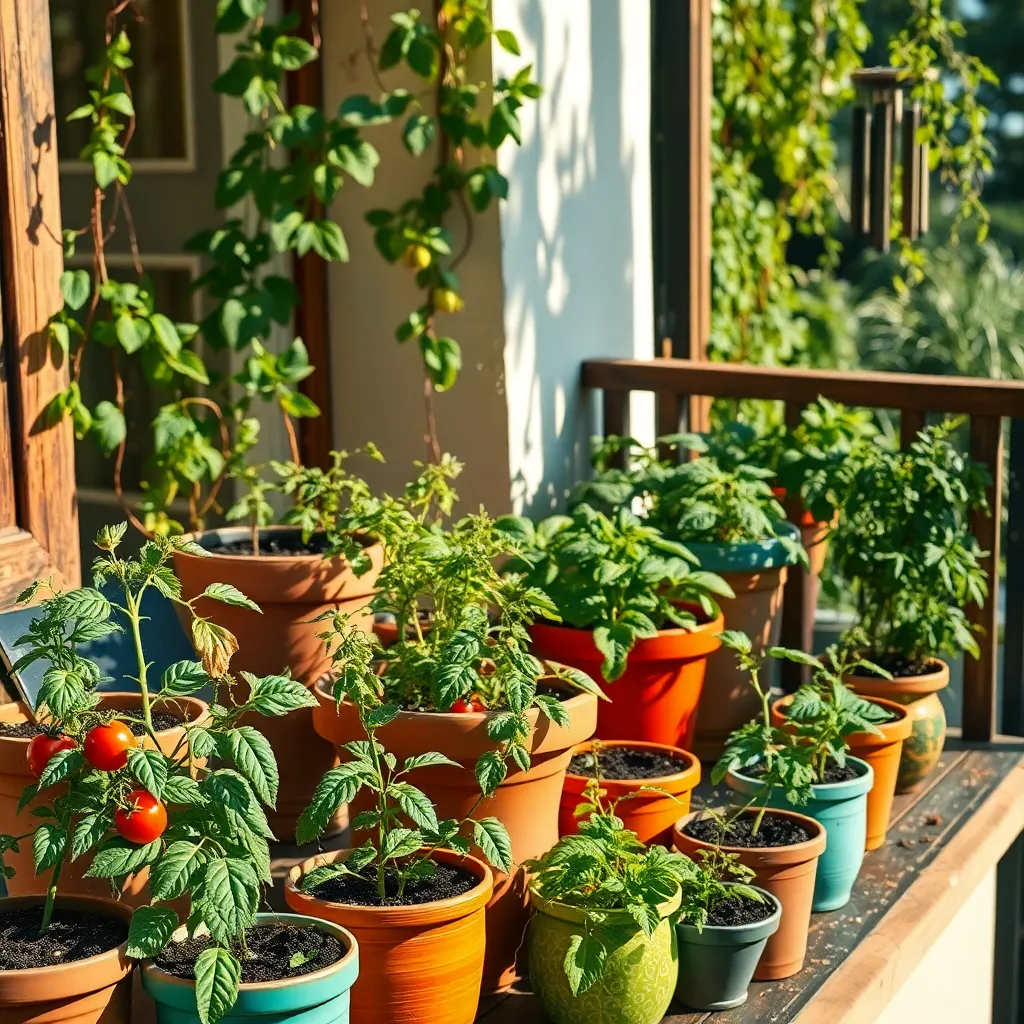
Temperature plays a crucial role in seed germination, yet many gardeners overlook this factor when planting seeds in containers. Ignoring temperature requirements can lead to poor germination rates and unhealthy seedlings, no matter how well you water or fertilize them.
It’s essential to understand the optimal temperature range for the seeds you’re planting. For instance, most vegetable seeds prefer a soil temperature between 65°F and 75°F to germinate effectively. Using a soil thermometer can help you monitor and maintain these conditions.
Consider the location of your containers, as this affects temperature significantly. Placing containers on a windowsill with southern exposure can provide adequate warmth, but be cautious of direct sunlight that can cause overheating. If natural light isn’t enough, using a seedling heat mat can offer consistent warmth to encourage quicker germination.
Advanced gardeners might experiment with different seed varieties that thrive in cooler or warmer temperatures. Crops like lettuce and spinach can germinate in cooler environments, while peppers and tomatoes often require warmer conditions. Adjusting your seed selection and planting times based on temperature can lead to more successful outcomes.
Conclusion: Growing Success with These Plants
In our exploration of ‘Common Mistakes In Plant Seeds In Containers,’ we’ve uncovered five essential relationship concepts: choosing the right environment for growth, ensuring balanced nourishment, maintaining consistent communication, recognizing the importance of patience, and learning from past experiences. Each of these principles offers valuable lessons in nurturing both plants and relationships, reminding us that careful attention and understanding are key to flourishing connections.
As an immediate next step, pick one area where you feel growth is needed and set a small, achievable goal to work on this week. Whether it’s dedicating time to meaningful conversations or simply appreciating the small moments, these efforts can significantly enhance your relationship.
Remember, relationships, much like gardens, thrive with ongoing care and attention. Bookmark or save this article as your go-to guide for nurturing healthy connections, ensuring you can revisit these insights whenever needed.
Looking ahead, with dedication and mindfulness, your relationships can bloom into beautiful, lasting bonds. Embrace these changes with optimism and watch as your efforts cultivate a garden of meaningful, resilient connections. Empower yourself today—your flourishing relationship is just a step away.

